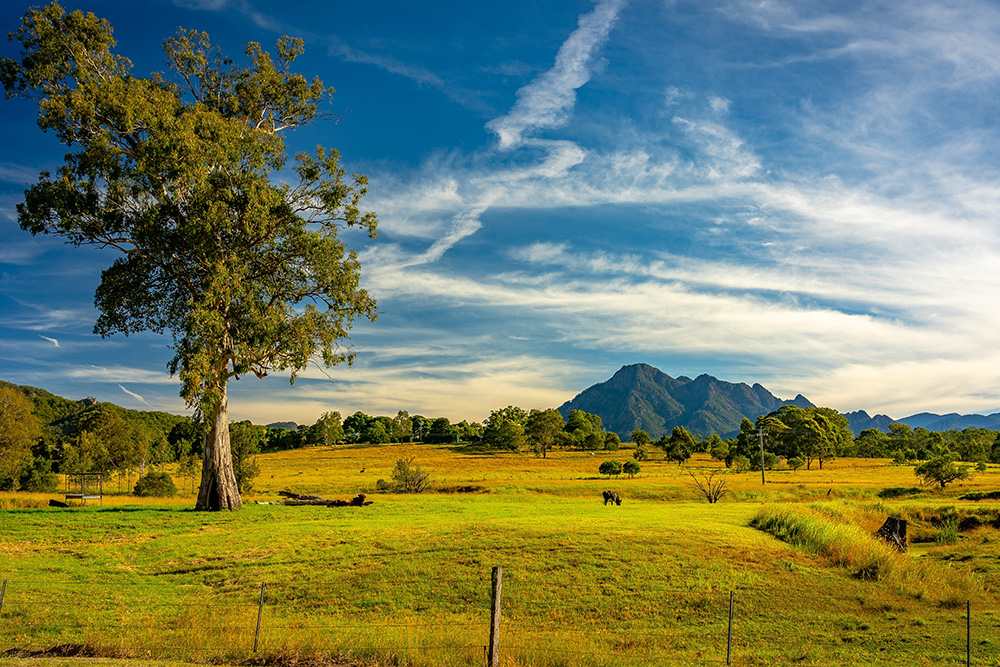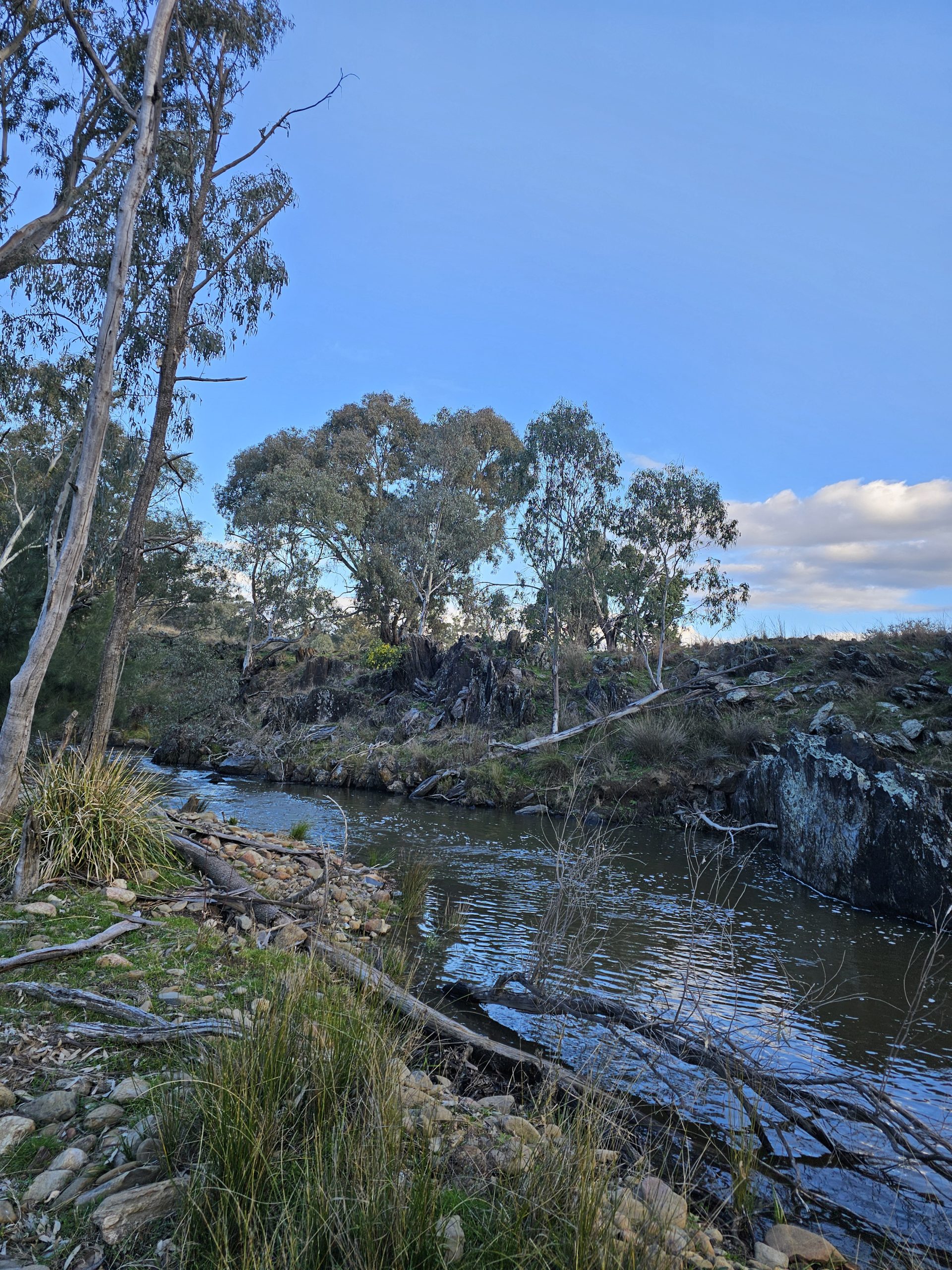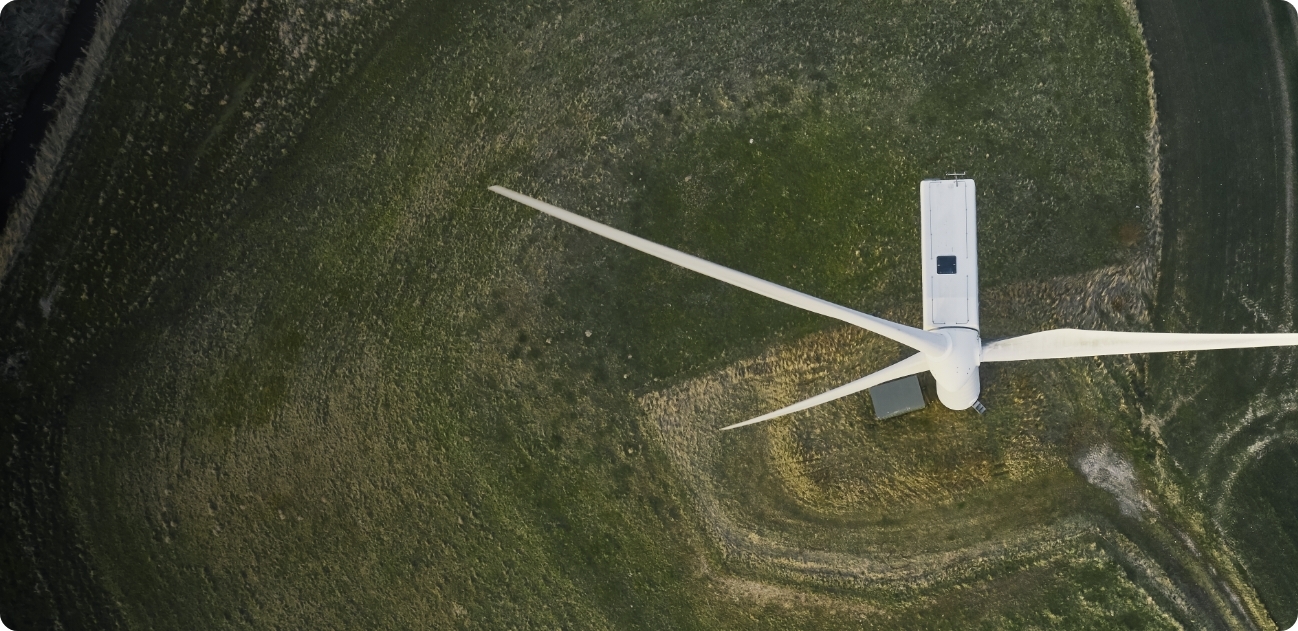NSW Net Zero report supports renewables growth and focus on land use
Author: Lawrence Smith, Executive Director – Commercial
January 28, 2025

News & Insights
Since the NSW government set its greenhouse gas emission reduction targets in 2023, people and businesses across the state have been making a concerted effort to tackle emissions. But has the effort been enough to stay on track with the state’s 2030 (70% reduction) and 2050 (net zero) targets?
The short answer, according to the NSW Net Zero Commission Report released in November, is ‘no’, with just a 27% reduction in total emissions (across all sectors) between 2005 and 2022.
The impact of this is already being felt, with NSW logging its fourth highest average temperature in 100 years between 2023 and 2024 – a 1.6°C increase above the historical average.
Adaptation frameworks are also under the spotlight, with an urgent call to manage the expected effects of climate change.
However, the report was not all cause for concern , with some encouraging opportunities for developers, corporations, and landowners, who are already working hard to tackle climate change.
Abatement support on offer
With agricultural and land emissions representing around 29% of total state emissions, tackling them is key to achieving the targets.
Thankfully, the report points to various government-funded abatement initiatives, which are already up and running in these sectors.
One example is the Primary Industries Productivity and Abatement Program (PIPAP), launched in 2022 by the NSW Government, which aims to “address barriers to participation in carbon markets by building landholder capacity” and exploring “linkages between carbon and nature markets”.
Landholders interested in these new market opportunities will be keen to see continued government support in these areas.
Nature investment can help
The report also highlights the importance of the land sector and nature protection for carbon storage and climate resilience.
It acknowledges the long history around deforestation (or land clearing) legislation, and recommends that the Biodiversity Conservation Act 2016 (BC Act) is reformed to align with nature positive agendas.
The recognition of nature’s role in tackling the climate crisis means that landowners and companies who voluntarily invest in nature and adopt nature strategies can stay ahead of future trends.
Addressing implementation barriers for renewable projects
The report says the decarbonisation of NSW’s energy sector is “critical” to achieving targets. While this may not be a surprise, its emphasis on minimising delivery time and risk for renewable projects might be.
Although financial underwriting contracts have already been secured for around half of the state’s renewable generation needs, and 30% of storage needs, there are no guarantees these will progress. Tenders will be awarded later this year for storage and access rights for renewable generation and transmission in the South-West and Central-West Orana Renewable Energy Zones (REZs).
Additionally, many projects could be slowed down by prolonged planning assessments, workforce constraints and community support challenges.
To this end, the report calls for a “sustained focus on addressing barriers to implementation and streamlining processes” to ensure projects are delivered on time and within budget.
Renewable project proponents, who are living and breathing these challenges, will be heartened to hear them recognised by a government body.
Trusted expertise to navigate opportunities
One common theme in the report is that many existing and new solutions will have a role to play in achieving the legislated net zero target.
At Niche, we work directly with large renewable developers and corporations who are looking to take action on nature and climate. We are playing an active role in helping achieve the NSW net zero targets.
Our Natural Capital experts can support across a range of services—developing land, nature and biodiversity strategies, setting up biodiversity stewardship sites, and much more. Get in touch today to find out more.




